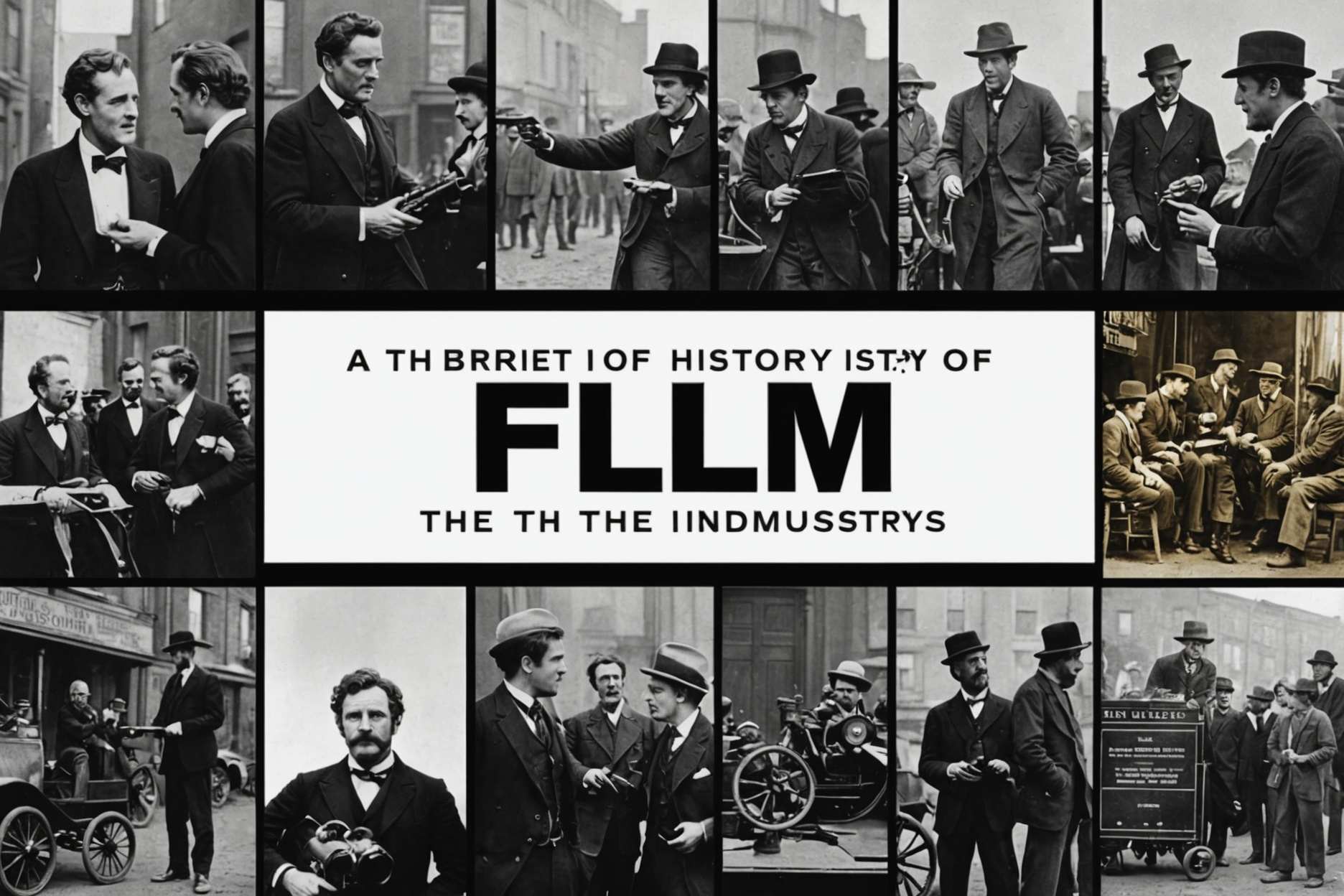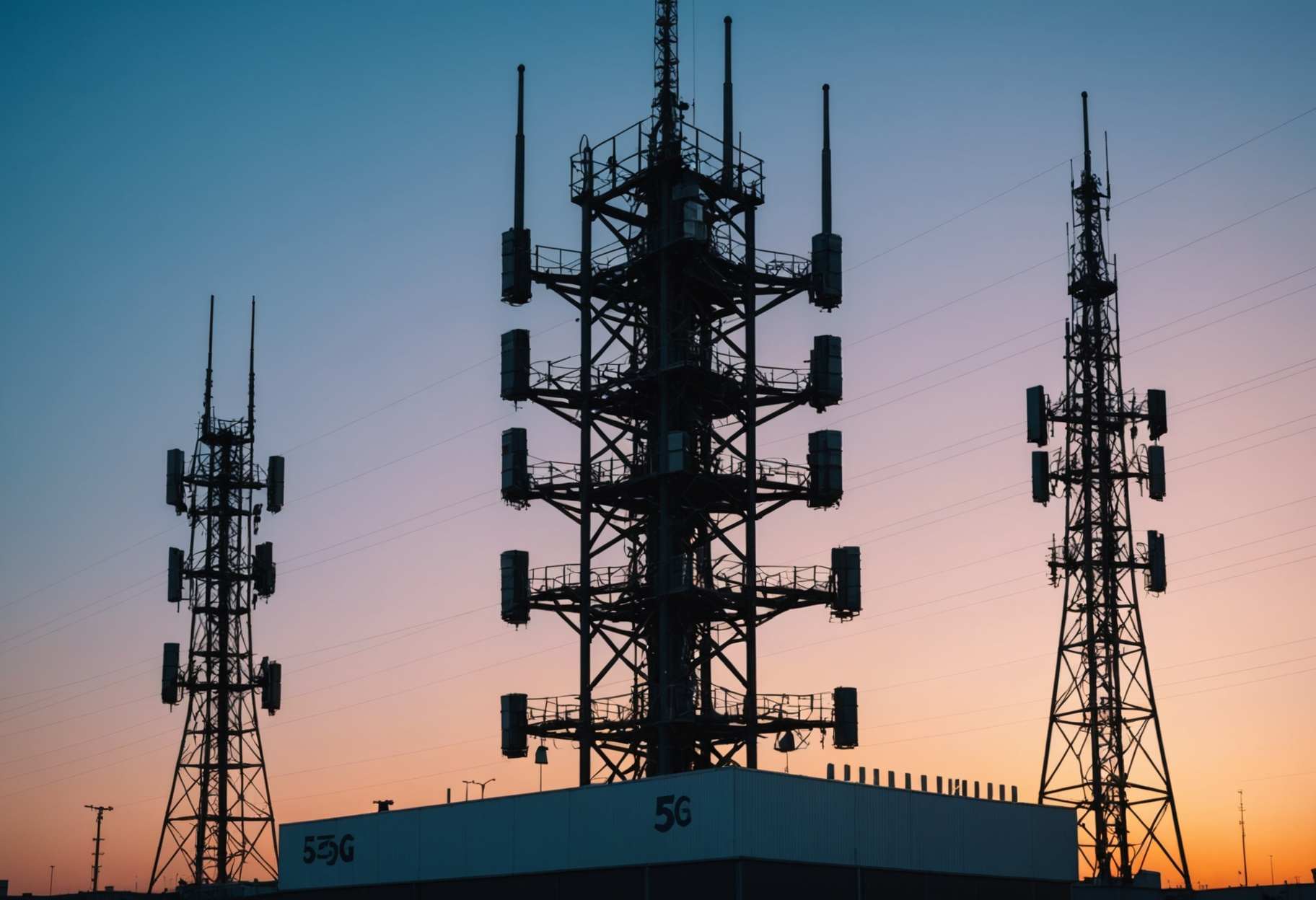A Concise History Of The Entertainment world

Hollywood, frequently viewed as the world's fantasy production line, flaunts a momentous history that started from unobtrusive beginnings. The change of films from basic optical deceptions to stunning displays is a charming story. How about we adventure back to the 1800s to inspect Hollywood's initiation and development.
**1800s - THE Period OF Movement TOYS**
The main motion pictures, shockingly, began as straightforward toys intended to deceive the eye. Optical gadgets like the zoetrope and thaumatrope used a progression of still pictures showed in quick progression to make a deception of development. In 1872, Edward Muybridge impacted the world forever by catching a succession of a man riding a pony utilizing twelve cameras situated along a circuit.
By 1885, pioneers William H. Walker and George Eastman progressed movement photography by making the principal film explicitly for this reason. Going with the same pattern, Louis and Auguste Lumi\x1re presented the cinematographe \x1 a hand-turned contraption fit for both recording and extending pictures with hardly a pause in between.
**1900s - THE Time OF Film TECHNOLOGY**
The headways in movie innovation changed the business essentially. Producers started to investigate new strategies in altering and background creation, extending their narrating abilities. A milestone film of this period was Edwin S. Watchman's 1903 work of art, *The Extraordinary Train Robbery*.
In 1905, the period of \Nickelodeons\ started, where crowds could see films for only a nickel. Albeit these early venues might appear to be crude today, they prospered until the 1920s, producing public energy and empowering movie producers to recuperate their expenses. These scenes likewise assumed a significant part in scattering The Second Great War misleading publicity, laying the preparation for the social blast that led to Hollywood after the conflict.
**1910 - THE Introduction OF HOLLYWOOD**
Cecil B. DeMille's film *The Squaw Man*, shot in Hollywood in 1914, is oftentimes perceived as the area's most memorable film. In any case, it was D.W. Griffith who really spearheaded the Hollywood scene with his 1910 film *In Old California*. This period denoted the rise of famous figures, including Charlie Chaplin.
**1920 - Renowned Chiefs, Famous actors, AND THE Principal FILM STUDIO**
As the business created, entertainers and entertainers started to accomplish massive notoriety, particularly as yearly film discharges flooded. Hollywood became related with extravagance, relaxation, and great festivals. Chiefs had the option to lay out signature filmmaking styles which had whenever been restricted by innovative obstructions. In 1923, the Warner Siblings established the primary film studio in the US, successfully sending off Warner Siblings Pictures.
**1950 - THE TV SET**
The post-war period was described by expanding luxuriousness and the ascent in prominence of TVs, which arrived at north of ten million families by the 1950s, strengthening contest for Hollywood. To draw in more youthful crowds, the business adjusted its concentration, bringing about films that depicted young defiance and bolder accounts. Stars like Marlon Brando, James Senior member, Marilyn Monroe, and Ava Gardner overwhelmed the scene.
Notwithstanding this, studios found it hard to keep up with productivity. By the 1960s, many confronted monetary difficulties, inciting some to look for elective endeavors like film themed entertainment meccas, denoting the downfall of Hollywood's Brilliant Age.
**1970s to 1980s - A Sluggish RESURGENCE**
Hollywood encountered a recovery during the 1970s, energized by blockbuster victories like *Star Wars* and *Jaws*, which arose as verifiable high-netting films. The approach of home video designs like VHS and laser plates set out new income open doors for studios. Notwithstanding, theater participation dwindled as crowds favored home review, driving a few pundits to guarantee films from this period needed development and depended too vigorously on predictable plots. In spite of the fact that there were prominent exemptions, the ten years became related with \straightforward amusement\ that frequently needed creative profundity.
The 1980s saw critical progressions in enhancements, adding to expanded creation costs. Regardless of this, effective establishments like *Batman*, *Terminator*, and *Return of the Jedi* arose, even as ticket deals kept on declining.
**1990s to 2000s - THE Incomparable Change IN HOLLYWOOD**
During the 1990s, theater participation bounced back with the expansion of multi-screen Cineplexes in the U.S. Upgraded embellishments stepped crowds back to theaters. Notwithstanding, studios confronted raising filmmaking costs, including high star compensations and promoting uses. VCRs stayed pervasive until the presentation of DVDs, which at last replaced them.
Today, the film business has taken critical steps in innovation, with Blu-beam plates and IMAX theaters giving vivid review encounters. Web-based features currently offer consistent admittance to movies and series on different individual gadgets, making the true to life experience more redid and available than any time in recent memory.
Regardless of the various difficulties and changes over now is the right time, Hollywood remaining parts a dazzling power, charming crowds worldwide with its ability to mix dream and reality on the cinema. The development from essential movement toys to complex innovation has persistently molded the true to life scene and will continue to rouse people in the future of movie producers and narrators.
**1800s - THE Period OF Movement TOYS**
The main motion pictures, shockingly, began as straightforward toys intended to deceive the eye. Optical gadgets like the zoetrope and thaumatrope used a progression of still pictures showed in quick progression to make a deception of development. In 1872, Edward Muybridge impacted the world forever by catching a succession of a man riding a pony utilizing twelve cameras situated along a circuit.
By 1885, pioneers William H. Walker and George Eastman progressed movement photography by making the principal film explicitly for this reason. Going with the same pattern, Louis and Auguste Lumi\x1re presented the cinematographe \x1 a hand-turned contraption fit for both recording and extending pictures with hardly a pause in between.
**1900s - THE Time OF Film TECHNOLOGY**
The headways in movie innovation changed the business essentially. Producers started to investigate new strategies in altering and background creation, extending their narrating abilities. A milestone film of this period was Edwin S. Watchman's 1903 work of art, *The Extraordinary Train Robbery*.
In 1905, the period of \Nickelodeons\ started, where crowds could see films for only a nickel. Albeit these early venues might appear to be crude today, they prospered until the 1920s, producing public energy and empowering movie producers to recuperate their expenses. These scenes likewise assumed a significant part in scattering The Second Great War misleading publicity, laying the preparation for the social blast that led to Hollywood after the conflict.
**1910 - THE Introduction OF HOLLYWOOD**
Cecil B. DeMille's film *The Squaw Man*, shot in Hollywood in 1914, is oftentimes perceived as the area's most memorable film. In any case, it was D.W. Griffith who really spearheaded the Hollywood scene with his 1910 film *In Old California*. This period denoted the rise of famous figures, including Charlie Chaplin.
**1920 - Renowned Chiefs, Famous actors, AND THE Principal FILM STUDIO**
As the business created, entertainers and entertainers started to accomplish massive notoriety, particularly as yearly film discharges flooded. Hollywood became related with extravagance, relaxation, and great festivals. Chiefs had the option to lay out signature filmmaking styles which had whenever been restricted by innovative obstructions. In 1923, the Warner Siblings established the primary film studio in the US, successfully sending off Warner Siblings Pictures.
**1950 - THE TV SET**
The post-war period was described by expanding luxuriousness and the ascent in prominence of TVs, which arrived at north of ten million families by the 1950s, strengthening contest for Hollywood. To draw in more youthful crowds, the business adjusted its concentration, bringing about films that depicted young defiance and bolder accounts. Stars like Marlon Brando, James Senior member, Marilyn Monroe, and Ava Gardner overwhelmed the scene.
Notwithstanding this, studios found it hard to keep up with productivity. By the 1960s, many confronted monetary difficulties, inciting some to look for elective endeavors like film themed entertainment meccas, denoting the downfall of Hollywood's Brilliant Age.
**1970s to 1980s - A Sluggish RESURGENCE**
Hollywood encountered a recovery during the 1970s, energized by blockbuster victories like *Star Wars* and *Jaws*, which arose as verifiable high-netting films. The approach of home video designs like VHS and laser plates set out new income open doors for studios. Notwithstanding, theater participation dwindled as crowds favored home review, driving a few pundits to guarantee films from this period needed development and depended too vigorously on predictable plots. In spite of the fact that there were prominent exemptions, the ten years became related with \straightforward amusement\ that frequently needed creative profundity.
The 1980s saw critical progressions in enhancements, adding to expanded creation costs. Regardless of this, effective establishments like *Batman*, *Terminator*, and *Return of the Jedi* arose, even as ticket deals kept on declining.
**1990s to 2000s - THE Incomparable Change IN HOLLYWOOD**
During the 1990s, theater participation bounced back with the expansion of multi-screen Cineplexes in the U.S. Upgraded embellishments stepped crowds back to theaters. Notwithstanding, studios confronted raising filmmaking costs, including high star compensations and promoting uses. VCRs stayed pervasive until the presentation of DVDs, which at last replaced them.
Today, the film business has taken critical steps in innovation, with Blu-beam plates and IMAX theaters giving vivid review encounters. Web-based features currently offer consistent admittance to movies and series on different individual gadgets, making the true to life experience more redid and available than any time in recent memory.
Regardless of the various difficulties and changes over now is the right time, Hollywood remaining parts a dazzling power, charming crowds worldwide with its ability to mix dream and reality on the cinema. The development from essential movement toys to complex innovation has persistently molded the true to life scene and will continue to rouse people in the future of movie producers and narrators.
LATEST POSTS
- 1
 Step by step instructions to Remain Spurred While Chasing after a Web-based Degree
Step by step instructions to Remain Spurred While Chasing after a Web-based Degree - 2
 The most effective method to Move toward Compensation Conversations for Cutting edge Practice Enrolled Attendants
The most effective method to Move toward Compensation Conversations for Cutting edge Practice Enrolled Attendants - 3
 Figure out What Shift Differentials Mean for Your General Attendant Compensation
Figure out What Shift Differentials Mean for Your General Attendant Compensation - 4
 The most effective method to Promoter for Cutthroat Medical attendant Compensations in Your Medical services Office
The most effective method to Promoter for Cutthroat Medical attendant Compensations in Your Medical services Office - 5
 Instructions to Distinguish the Wellbeing Dangers Related with 5G Pinnacles
Instructions to Distinguish the Wellbeing Dangers Related with 5G Pinnacles
Share this article




